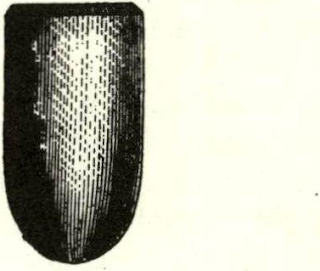The mark “Tower” on an Enfield-type arm was apparently used more or less to deceive Northern purchasers as well as those of the South. It apears handstamped, without fixed location, on the locks forward
A Birmingham short rifle seems to fall into this class
A Birmingham short rifle seems to fall into this class



Comments
Post a Comment